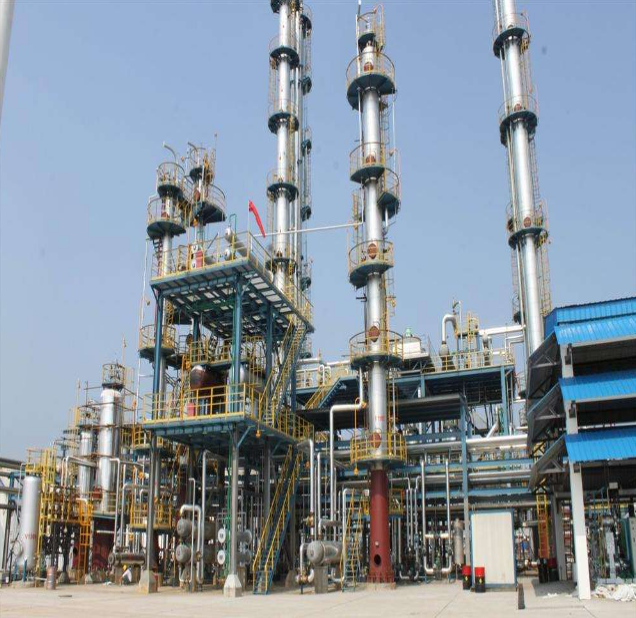The mechanism involves an exothermic reaction between olefin and the benzene sulfonic acid to form ester followed by three reaction pathways leading to direct O-alkylation, o-C-alkylation, and p-C-alkylation.
Phenol alkylation is a fundamental chemical process that involves the addition of alkyl groups to the phenolic ring of phenol molecules. This reaction plays a crucial role in the synthesis of various organic compounds, including pharmaceuticals, plastics, and specialty chemicals. Understanding the mechanism of phenol alkylation sheds light on the intricate molecular pathways involved in this important chemical transformation.
Introduction to Phenol Alkylation
Phenol, chemically represented as C6H5OH, is an aromatic compound characterized by a hydroxyl group (-OH) attached to a benzene ring. Alkylation of phenol refers to the introduction of alkyl groups (-R) onto the phenolic ring, resulting in the formation of alkylphenols. This process is commonly utilized in organic synthesis to modify the properties of phenol and produce derivatives with specific chemical and physical characteristics.

Phenol Alkylation Plant Technology
Friedel-Crafts Alkylation
One of the most commonly employed methods for phenol alkylation is the Friedel-Crafts alkylation reaction. This reaction involves the electrophilic substitution of an alkyl group onto the aromatic ring of phenol in the presence of a Lewis acid catalyst, typically aluminum chloride (AlCl3) or ferric chloride (FeCl3).
The general mechanism of Friedel-Crafts alkylation consists of several key steps:
1. Activation of the Electrophile: The alkyl halide (alkylating agent) undergoes activation by coordination with the Lewis acid catalyst, forming a reactive electrophilic species.
2. Generation of the Carbocation: The activated alkyl halide then reacts with the Lewis acid catalyst to generate a carbocation intermediate. This step involves the transfer of a halide ion from the alkyl halide to the Lewis acid, leading to the formation of a positively charged carbocation.
3. Attack of Phenol: The electron-rich aromatic ring of phenol acts as a nucleophile and attacks the positively charged carbocation intermediate. This nucleophilic attack results in the substitution of the hydrogen atom on the phenolic ring with the alkyl group from the alkylating agent, leading to the formation of the alkylated product.
4. Regeneration of the Catalyst: After the alkyl group has been transferred to the phenolic ring, the Lewis acid catalyst is regenerated by abstracting a proton from the resulting alkylated product. This protonation step restores the aromaticity of the phenolic ring and completes the catalytic cycle.
Side Reactions and Challenges
While Friedel-Crafts alkylation is an efficient method for phenol alkylation, it is not without its challenges. One common issue encountered in this reaction is the occurrence of side reactions, such as polyalkylation and rearrangement reactions, which can lead to the formation of unwanted by-products and decrease the yield of the desired alkylated phenol.
Polyalkylation occurs when multiple alkyl groups are added to the phenolic ring, resulting in the formation of di- or trialkylated products. Controlling the selectivity of the alkylation reaction to favor monoalkylation is essential to minimize the formation of polyalkylated by-products.
Additionally, rearrangement reactions may occur under certain reaction conditions, leading to the rearrangement of alkyl groups on the phenolic ring and the formation of isomeric products. Optimizing reaction conditions and catalysts can help mitigate these side reactions and improve the efficiency of phenol alkylation processes.
Conclusion
In conclusion, phenol alkylation is a vital chemical process with broad applications in organic synthesis. The Friedel-Crafts alkylation reaction, in particular, serves as a primary method for introducing alkyl groups onto the phenolic ring of phenol molecules. Understanding the mechanism of phenol alkylation, including the key steps and challenges involved, provides valuable insights for optimizing reaction conditions and designing efficient synthesis routes for alkylated phenol derivatives.
For inquiries about phenol or alkylation reagents, please don't hesitate to contact us.
















